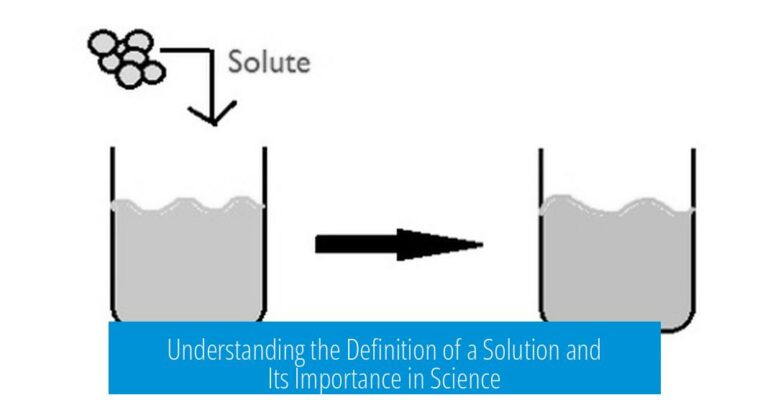What Are the Absolute Best Wash Bottles Money Can Buy?

The absolute best wash bottles combine durability, chemical resistance, and ease of use, with top recommendations pointing to Nalgene’s Unitary LDPE and standard polypropylene bottles for general lab use, while Teflon (fluoropolymer) bottles excel for sensitive chromatography applications.
Top Choices for General Laboratory Use
Nalgene Unitary LDPE Wash Bottles are favored for their low-density polyethylene construction that requires minimal squeezing pressure. This reduces hand fatigue during use. Their removable tip design prevents leaks but carries the risk of losing the tip when detached. These bottles have proven reliable and durable over many years in labs with moderate wash bottle use.
- Material: Low-Density Polyethylene
- Features: Easy to squeeze, removable tip to avoid leaks
- Limitations: Tip leaks if not removed, tips can be misplaced
- Use case: Laboratories with moderate wash bottle requirements
- Available at Fisher Scientific
The Standard Nalgene Polypropylene Wash Bottles offer strong durability, often lasting up to 20 years under typical lab conditions. These cost-effective bottles are widely trusted and do not compromise performance or longevity, making them a reliable choice for extensive lab use.
- Material: Polypropylene
- Advantages: High durability, cost-effective
- Durability: Often lasts two decades in normal lab use
- Available on Amazon
Specialized Bottles for Sensitive Chemical Applications
Teflon (Fluoropolymer) Wash Bottles rank highest for chemical resistance and compatibility with chromatography techniques. They contain no phthalates, which can interfere with chromatographic signals. These bottles are harder to squeeze and carry a higher cost but provide crucial purity and resistance benefits for sensitive work.
- Material: Fluoropolymer (Teflon)
- Benefits: Chemically inert, phthalate-free
- Drawbacks: Expensive and less flexible on squeezing
- Ideal for: Chromatography and applications sensitive to contamination
Additional Practical Considerations
Maintaining a stock of wash bottles and replacing them as they wear out is standard lab practice. The cost and environmental impact of wash bottles are typically minor compared to other consumables. Labs benefit from selecting bottles that balance cost with durability and chemical compatibility.
Key Takeaways
- Nalgene Unitary LDPE bottles offer ease of use with a removable tip but require careful tip management to prevent leaks.
- Standard Nalgene polypropylene wash bottles provide excellent durability at a low cost, lasting up to 20 years.
- Teflon (fluoropolymer) bottles are best for chemical resistance and chromatography but are more costly and less flexible.
- Phthalate-free materials in wash bottles are critical for chromatography to avoid signal interference.
- Stocking and replacing wash bottles regularly is common and practical for lab efficiency.
What makes Nalgene Unitary LDPE wash bottles a top choice?
They need low pressure to squeeze, reducing material fatigue. The tip can be removed to avoid leaks. These bottles have proven reliable over long periods, especially in labs with moderate use.
Are standard Nalgene polypropylene wash bottles durable enough for heavy lab use?
Yes, they can last up to 20 years in lab conditions. They offer durability at a reasonable cost, making them suitable for many lab environments needing lasting equipment.
Why choose Teflon wash bottles over plastic ones?
Teflon bottles contain no phthalates, preventing interference in chromatography. They resist chemicals well but are more expensive and harder to squeeze compared to plastic versions.
How should users handle the tip on Unitary LDPE wash bottles?
Removing the tip can stop leaks but the tip is easy to lose. It’s a trade-off between leak prevention and convenience, so users choose based on their preference and lab needs.
Is it practical to keep many wash bottles on hand?
Yes, labs often stock multiple bottles and replace them as needed. Wash bottles are standard consumables, usually not a major expense or environmental burden compared to other lab items.




Leave a Comment